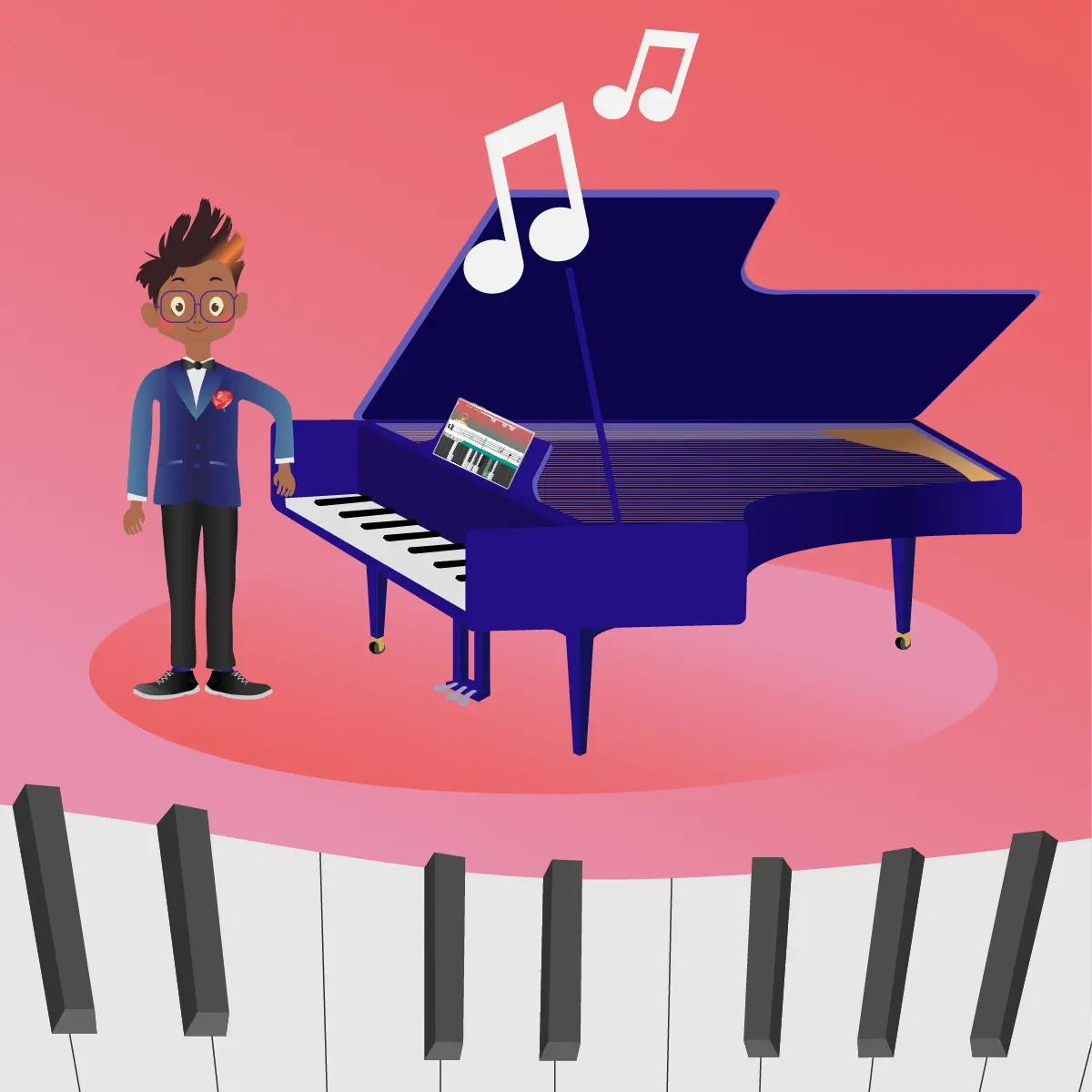5 Ways To Get Your Child To Practice Music
So, you arranged for music lessons, you sourced the finest instrument that your budget allowed, and you even scoured the app stores for the best music education app for kids. Still, the question remains: how on earth do you get your child to practice regularly, and not just a couple of hours before the next lesson? The answer isn’t as complicated. That’s why we want to share our top 5 tips for parents who want to help their children establish fun and educational practice habits.
We know that establishing a regular practice time isn’t the easiest sell for a lot of children — especially when they have so many entertainment options — but we also know it’s not impossible. Like any task that a child regularly does, there is always the chance it could get lumped into the “homework” category, or worse yet, the “No!” category. Luckily, if you create reasonable expectations, your child will see that practicing isn’t a chore, it’s fun!
Here are our top 5 tips for establishing a practice routine for your child without losing any musical magic:
Tip #1: Establish manageable practice times.
2x20min practices a week are perfect, especially in the morning, so that kids can start their day with something fun. This commitment is short and frequent enough to help your child develop the musical muscle memory and ear he or she needs. More importantly, healthy and active participation in music is beneficial to the part of the brain that processes speech. Also, you’d be surprised at how many children reach the end of 20 minutes and practice just a little bit more because they’re just getting warmed up.
Tip #2: Rewards.
Sometimes you have to give a little to get a little. Managing expectations here is essential. If your child wants extra screentime, a larger portion of dessert, or maybe to stay up just a little bit later, use this to your advantage. Extra screen time or the promise of ice cream can surprisingly be enough motivation for many children, even for adults! Another option is to download a music learning app for kids so they can play and practice
Tip #3: Practice with your child.
You don’t need to be musical. One of the most valuable and lasting “Aha!” moments anyone can have when playing music — young or old, beginner or pro — is making music together. Accompanying your child helps him or her listen for different sounds and understand his or her part in a musical piece. You can help your child keep time by tapping your foot, clapping your hands, or even banging on a pot. Having someone to “practice” with doesn’t make it practice, it makes it play.
Tip #4: Play music for your child.
When you play songs that your child is familiar with, he or she will have an easier time developing an ear for melody and understanding just how long a whole note lasts. Happy Birthday, Twinkle Twinkle Little Star, and Mary Had a Little Lamb are great songs to start with. Children’s education already incorporates nursery rhymes for language acquisition, and it’s no different for music acquisition. When a child learns the first notes of a song they already know during practice, it’s guaranteed to make them want to learn more.
Tip #5: Have a concert on the weekend!
Depending on how comfortable your child is, encouraging them to showcase what they’re learning is a fantastic motivator to practice — it can also instill confidence. Suggest a weekend concert where your child plays a favorite song. You can even accompany on rhythm or fill in with bleats on Mary Had a Little Lamb! We’ve found that children of all ages, with a little encouragement, love performing in a comfortable environment.
While persuading any child to practice an instrument may take a little more coaxing than usual, the most important thing to encourage your child to learn through play and to introduce musical “Aha” moments whenever you can. Any of the 5 tips above can help you do just that.














